The different types of Thai noodles
Why Thai noodles tastes good
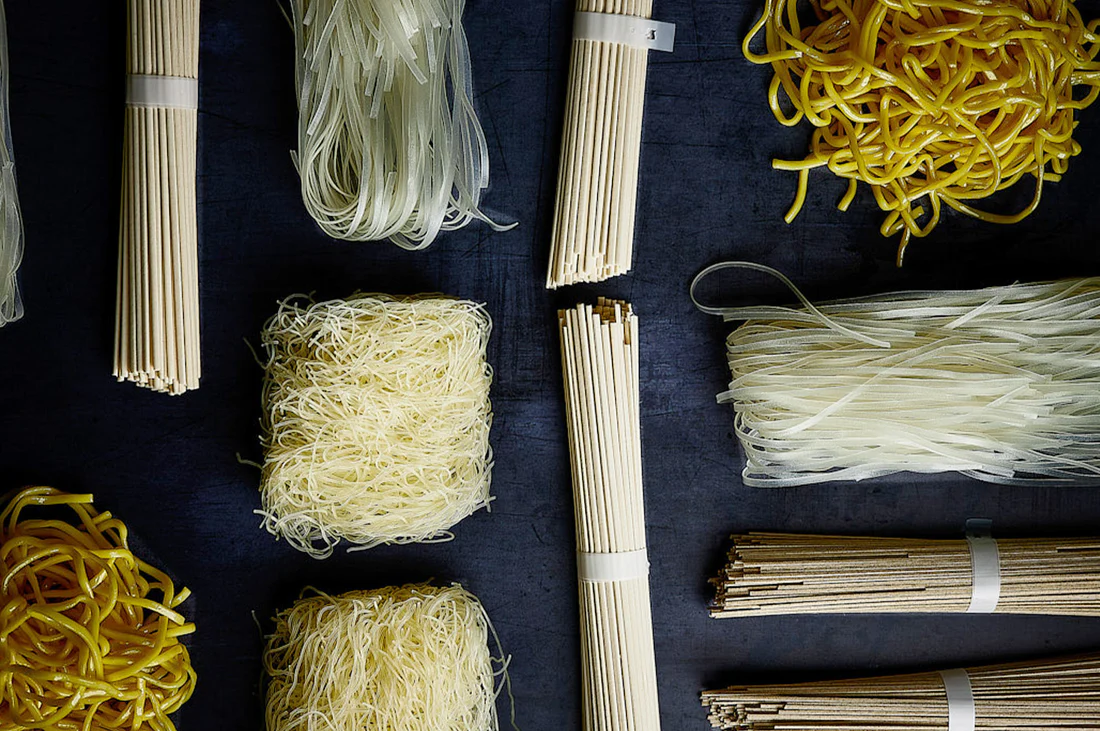
Thai noodles are known for their bold flavours and various textures. Available from street vendors to high-end restaurants, Thai noodles offer distinct flavours, providing different experiences. Explore the range of noodle types that make their dishes tasty.
Common types of Thai noodles
Sen yai – wide rice noodles
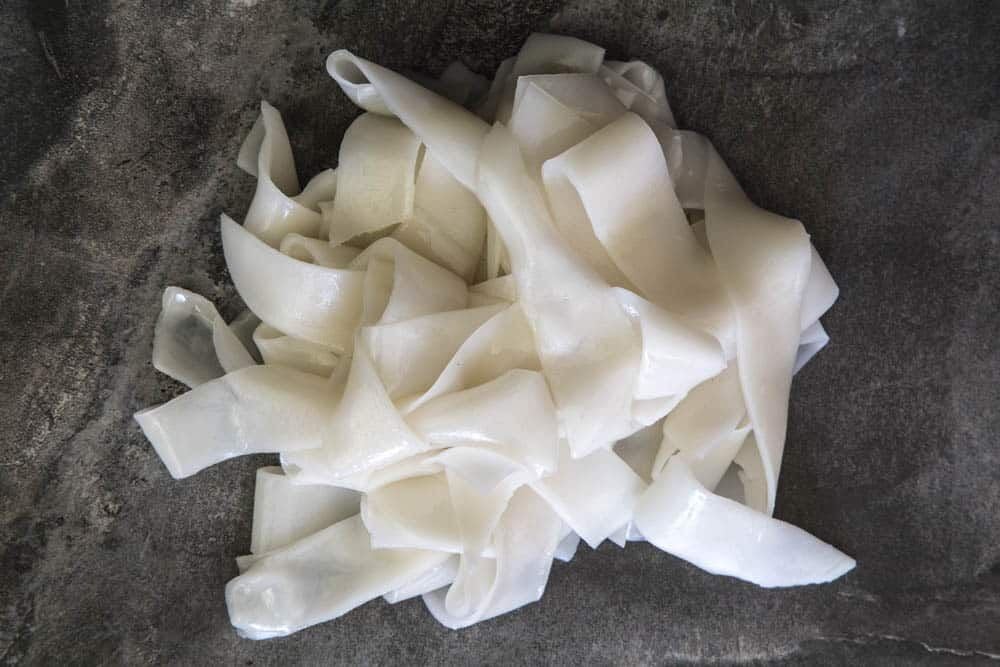
Sen yai, known for their broad, flat form, are a Thai culinary classic. These noodles, made primarily of rice flour and water, are recognised for their soft but chewy texture. They are frequently used in stir-fried meals such as Pad See Ew, where its wide surface wonderfully absorbs sauces and compliments chunky items like chicken, pig, or shellfish.
Sen lek – thin rice noodles
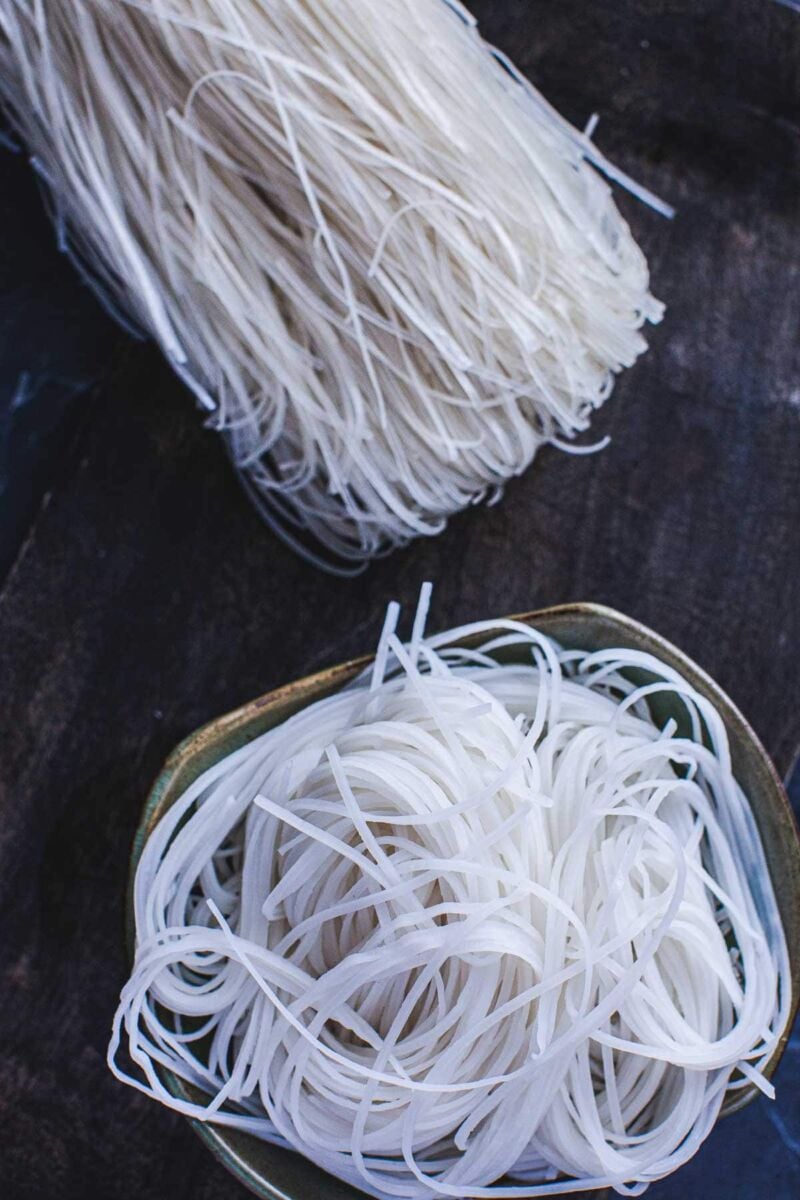
Sen lek noodles are thinner compared to sen yai noodles. Since it is thinner, it gives a delicate texture that is ideally suited for soups and lighter dishes. These fine noodles are frequently featured in the renowned Thai dish Pho, demonstrating their adaptability across various culinary applications. Their subtle firmness contributes a pleasing chewiness to every mouthful, enhancing the experience of noodle soups and salads.
Woon sen – glass noodles
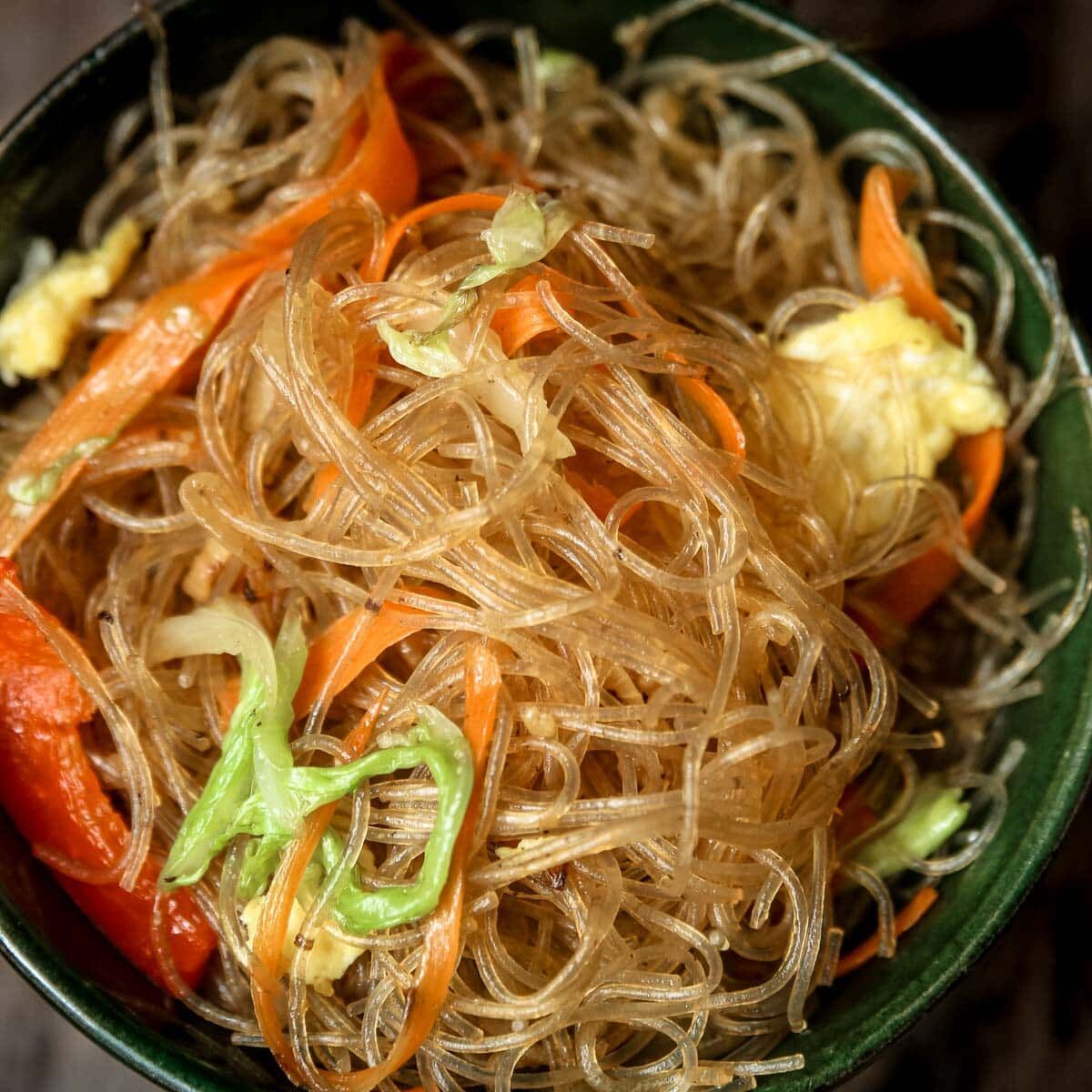
Woon sen, also known as glass noodles due to their transparent look when cooked, is made from mung bean starch. It has a gelatinous texture that is good for absorbing strong flavours. Woon Sen noodles can be found in Yam Woon Sen noodles with lime, chilli, and fresh herbs.
Ba mee – egg noodles
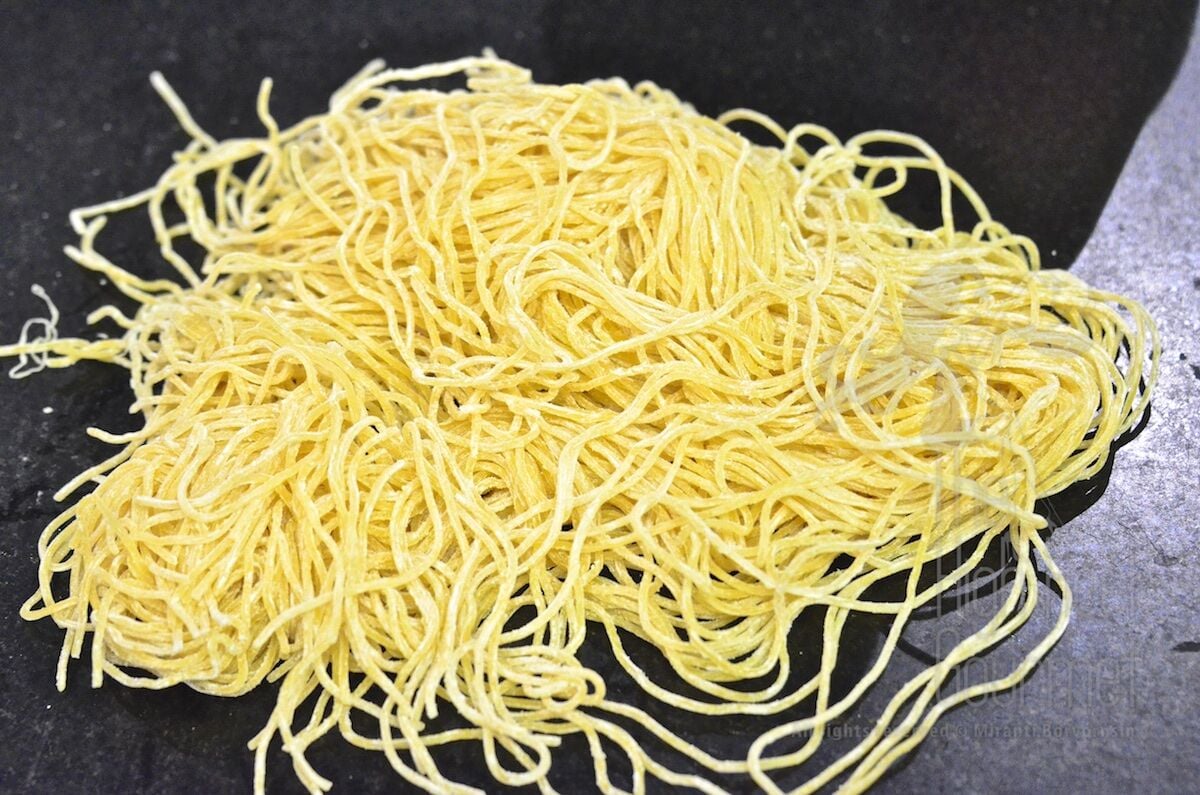
Ba mee noodles have a distinctive yellow colour with a bouncy texture because of the wheat flour and egg. It has its dish called, Ba Mee Nam, a heated soup with chunks of roast pork, vegetables, and occasionally wonton dumplings. They are also stir-fried with a variety of meats and vegetables, demonstrating their versatility in Thai cooking.
Kanom jeen – fermented rice noodles
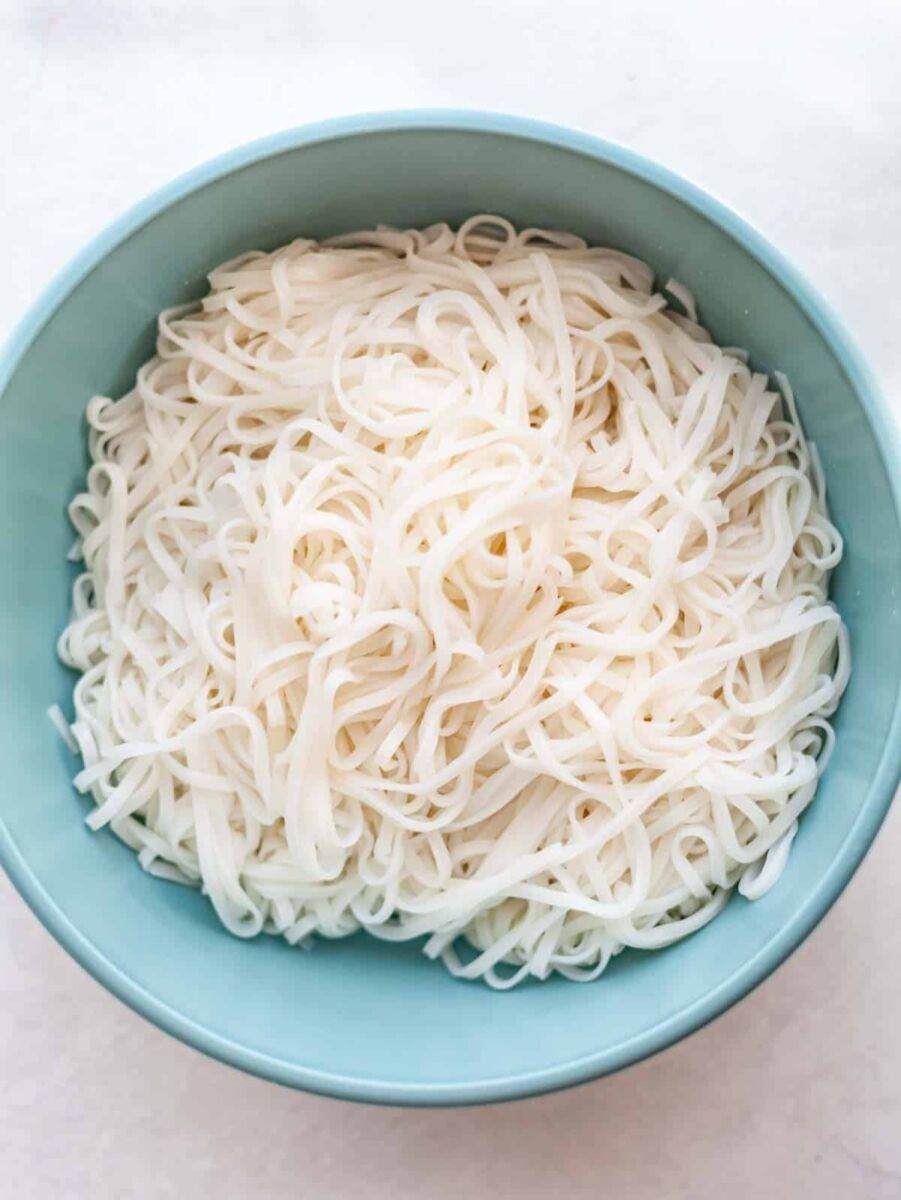
Kanom Jeen noodles are different from other Thai noodles because they are made with fermented rice, which gives them a somewhat acidic flavour. These thin, vermicelli-like noodles pair nicely with spicy curries like green curry or fish curry, absorbing the rich flavours while providing a refreshing balance. Their delicate texture and mild flavour make them an ideal basis for many classic Thai curry recipes.
How to Choose the Right Type of Noodle
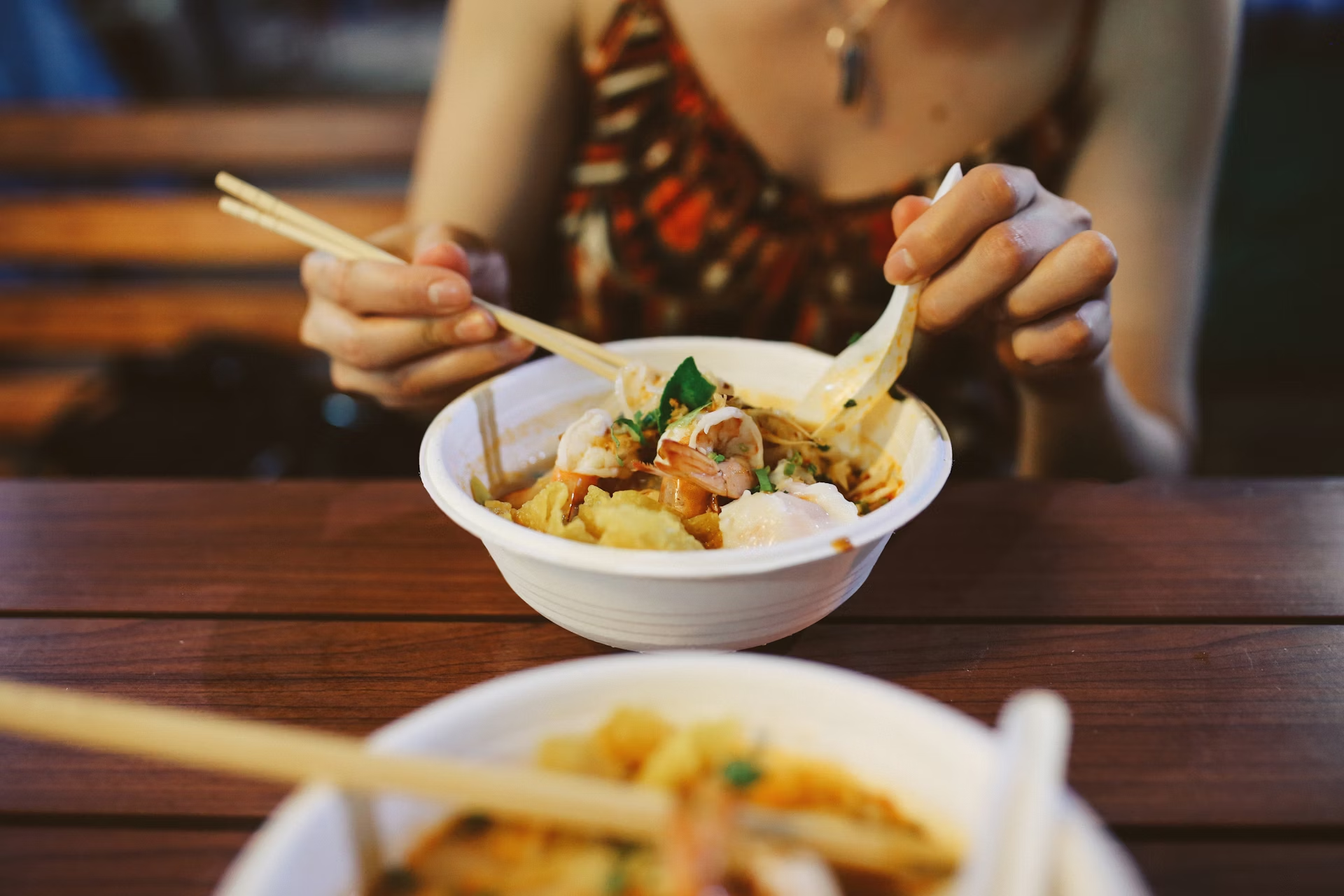
Noodles for soups
For soup lovers, selecting the proper noodles is critical to obtaining the optimal broth consistency and flavour absorption. Thin rice noodles, such as sen lek, are great for light, transparent soups like Pho because of their delicate texture, which absorbs the liquid without becoming too soft. Thicker noodles, such as sen yai, are preferred for heartier dishes like boat noodles or Tom Yum soup. Their larger surface holds up well in rich, spicy broths, resulting in a pleasing chew with each spoonful.
Noodles for stir-fries
Stir-fries require noodles that can survive prolonged frying without losing texture. ba mee, an egg-based noodle, is an excellent choice for meals such as Pad Ki Mao (Drunken Noodles) due to its strong structure and capacity to absorb spices. Woon Sen, or glass noodles, have a distinct, somewhat translucent look and a delightful crunch when stir-fried, making them an excellent option for Pad Woon Sen.
Best noodles for salads
Noodles in salads should compliment the freshness and lightness of the other elements. Glass noodles, or woon sen, are ideal for salads like Yum Woon Sen. They are light, absorb dressing nicely, and complement the crisp veggies and sour sauces common to Thai salad meals. Rice vermicelli, also known as kanom jeen, can have a little chewier texture, making it a refreshing option for salads that require a firmer noodle type.
There are not only varied Thai noodle tastes but also different shapes, enhancing the pleasure of eating noodles. You can find noodle restaurants everywhere, either on the side of the road or in malls. Explore more delicious Thai foods and experience the culture!
Latest Thailand News
Follow The Thaiger on Google News:


























